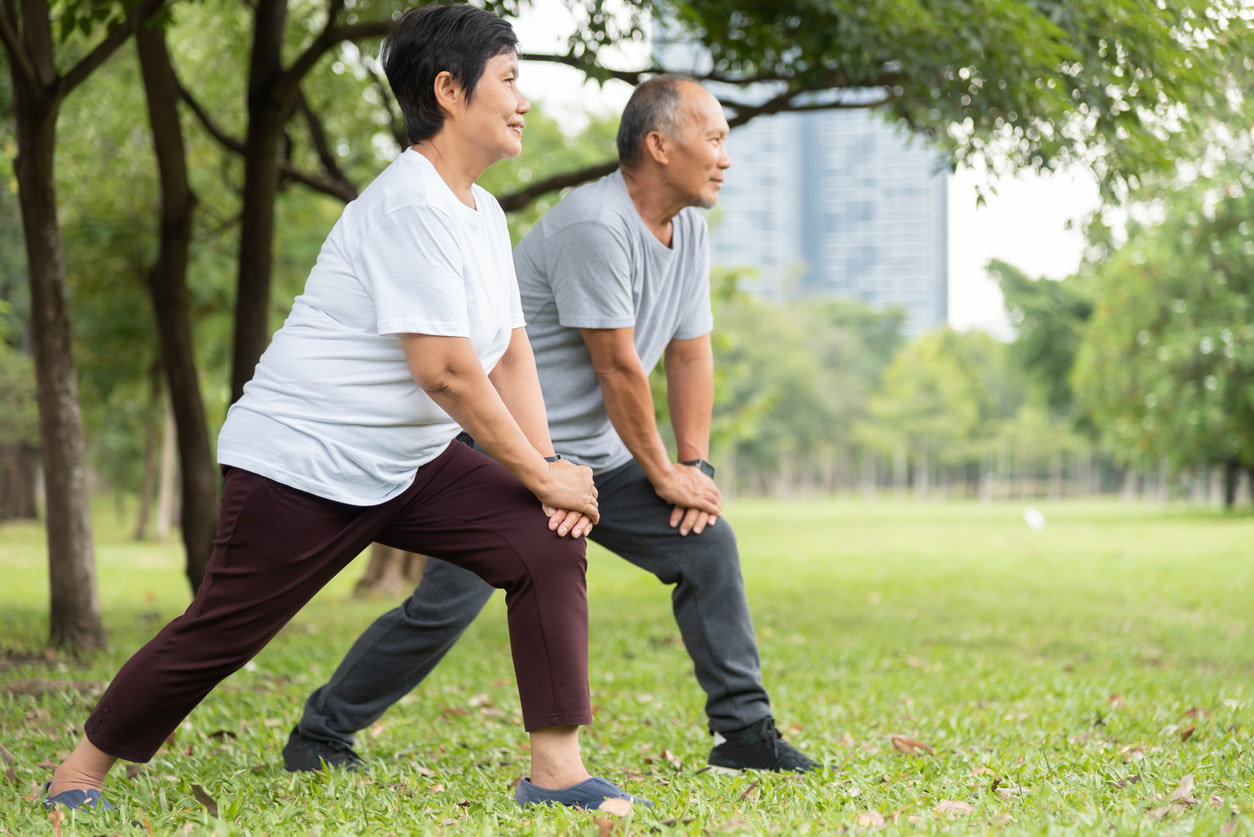Los 5 mejores ejercicios de rodilla para adultos mayores para mejorar la fuerza
Aprende cómo fortalecer tus rodillas y mejorar tu movilidad a medida que envejeces, especialmente con ejercicios recomendados por los fisioterapeutas de Hinge Health.
$0 costo para usted
Última actualización: Mar 28, 2025
El índice
Fully covered knee pain relief
Find relief from knee pain, knee locking, stiff knees, & more.
Check if I'm eligibleEjercicios de fortalecimiento de rodilla para mayores
¿Quieres atención de expertos? Consulta si estás cubierto por nuestro programa gratuito →- Sentadillas en la pared
- Knee Extension
- Mini Lunge
- Single Leg Balance
- Standing Side Leg Raise
